-
MARKET INTRODUCTION
-
INTRODUCTION
-
SCOPE OF STUDY
- RESEARCH OBJECTIVE
- ASSUMPTIONS
- LIMITATIONS
-
MARKET STRUCTURE
-
RESEARCH METHODOLOGY
-
RESEARCH HETEROGENEOUS NETWORK
-
PRIMARY RESEARCH
-
SECONDARY RESEARCH
-
FORECAST MODEL
- MARKET DATA COLLECTION, ANALYSIS & FORECAST
- MARKET SIZE ESTIMATION
-
MARKET DYNAMICS
-
INTRODUCTION
-
MARKET DRIVERS
-
MARKET CHALLENGES
-
MARKET OPPORTUNITIES
-
MARKET RESTRAINTS
-
EXECUTIVE SUMMARY
-
MARKET FACTOR ANALYSIS
-
PORTER’S FIVE FORCES ANALYSIS
-
SUPPLY CHAIN ANALYSIS
-
GLOBAL LTE FOR CRITICAL COMMUNICATION MARKET, BY SEGMENTS
-
INTRODUCTION
-
MARKET STATISTICS
- BY COMPONENT
- BY TECHNOLOGY
- BY APPLICATION
- BY REGION
-
COMPETITIVE ANALYSIS
-
MARKET SHARE ANALYSIS
-
COMPANY PROFILES
- SEPURA PLC (U.K)
- ROHILL (NETHERLANDS),
- SAMSUNG GROUP (SOUTH KOREA),
- NOKIA CORPORATION (FINLAND),
- TELTRONIC S.A. (SPAIN),
- SOFTIL LTD. (ISRAEL),
- QUALCOMM TECHNOLOGIES INC. (U.S),
- ERICSSON (SWEDEN),
- MOTOROLA, INC. (U.S),
- TELSTRA CORPORATION LTD (AUSTRALIA)
- OTHERS
-
LIST OF TABLES
-
LTE FOR CRITICAL COMMUNICATION MARKET, BY COMPONENT
-
LTE FOR CRITICAL COMMUNICATION MARKET, BY TECHNOLOGY
-
LTE FOR CRITICAL COMMUNICATION MARKET, BY APPLICATION
-
LTE FOR CRITICAL COMMUNICATION MARKET, BY REGION
-
NORTH AMERICA LTE FOR CRITICAL COMMUNICATION MARKET, BY COMPONENT
-
NORTH AMERICA LTE FOR CRITICAL COMMUNICATION MARKET, BY TECHNOLOGY
-
NORTH AMERICA LTE FOR CRITICAL COMMUNICATION MARKET, BY APPLICATION
-
U.S. LTE FOR CRITICAL COMMUNICATION MARKET, BY COMPONENT
-
U.S. LTE FOR CRITICAL COMMUNICATION MARKET, BY TECHNOLOGY
-
U.S. LTE FOR CRITICAL COMMUNICATION MARKET, BY APPLICATION
-
CANADA LTE FOR CRITICAL COMMUNICATION MARKET, BY COMPONENT
-
CANADA LTE FOR CRITICAL COMMUNICATION MARKET, BY TECHNOLOGY
-
CANADA LTE FOR CRITICAL COMMUNICATION MARKET, BY APPLICATION
-
MEXICO LTE FOR CRITICAL COMMUNICATION MARKET, BY COMPONENT
-
MEXICO LTE FOR CRITICAL COMMUNICATION MARKET, BY TECHNOLOGY
-
MEXICO LTE FOR CRITICAL COMMUNICATION MARKET, BY APPLICATION
-
EUROPE LTE FOR CRITICAL COMMUNICATION MARKET, BY COMPONENT
-
EUROPE LTE FOR CRITICAL COMMUNICATION MARKET, BY TECHNOLOGY
-
EUROPE LTE FOR CRITICAL COMMUNICATION MARKET, BY APPLICATION
-
U.K. LTE FOR CRITICAL COMMUNICATION MARKET, BY COMPONENT
-
U.K. LTE FOR CRITICAL COMMUNICATION MARKET, BY TECHNOLOGY
-
U.K. LTE FOR CRITICAL COMMUNICATION MARKET, BY APPLICATION
-
GERMANY LTE FOR CRITICAL COMMUNICATION MARKET, BY COMPONENT
-
GERMANY LTE FOR CRITICAL COMMUNICATION MARKET, BY TECHNOLOGY
-
GERMANY LTE FOR CRITICAL COMMUNICATION MARKET, BY APPLICATION
-
FRANCE LTE FOR CRITICAL COMMUNICATION MARKET, BY COMPONENT
-
FRANCE LTE FOR CRITICAL COMMUNICATION MARKET, BY TECHNOLOGY
-
FRANCE LTE FOR CRITICAL COMMUNICATION MARKET, BY APPLICATION
-
ITALY LTE FOR CRITICAL COMMUNICATION MARKET, BY COMPONENT
-
ITALY LTE FOR CRITICAL COMMUNICATION MARKET, BY TECHNOLOGY
-
ITALY LTE FOR CRITICAL COMMUNICATION MARKET, BY APPLICATION
-
REST OF EUROPE LTE FOR CRITICAL COMMUNICATION MARKET, BY COMPONENT
-
REST OF EUROPE LTE FOR CRITICAL COMMUNICATION MARKET, BY TECHNOLOGY
-
REST OF EUROPE LTE FOR CRITICAL COMMUNICATION MARKET, BY APPLICATION
-
ASIA PACIFIC LTE FOR CRITICAL COMMUNICATION MARKET, BY COMPONENT
-
ASIA PACIFIC LTE FOR CRITICAL COMMUNICATION MARKET, BY TECHNOLOGY
-
ASIA PACIFIC LTE FOR CRITICAL COMMUNICATION MARKET, BY APPLICATION
-
CHINA LTE FOR CRITICAL COMMUNICATION MARKET, BY COMPONENT
-
CHINA LTE FOR CRITICAL COMMUNICATION MARKET, BY TECHNOLOGY
-
CHINA LTE FOR CRITICAL COMMUNICATION MARKET, BY APPLICATION
-
JAPAN LTE FOR CRITICAL COMMUNICATION MARKET, BY COMPONENT
-
JAPAN LTE FOR CRITICAL COMMUNICATION MARKET, BY TECHNOLOGY
-
JAPAN LTE FOR CRITICAL COMMUNICATION MARKET, BY APPLICATION
-
SOUTH KOREA LTE FOR CRITICAL COMMUNICATION MARKET, BY COMPONENT
-
SOUTH KOREA LTE FOR CRITICAL COMMUNICATION MARKET, BY TECHNOLOGY
-
SOUTH KOREA LTE FOR CRITICAL COMMUNICATION MARKET, BY APPLICATION
-
INDIA LTE FOR CRITICAL COMMUNICATION MARKET, BY COMPONENT
-
INDIA LTE FOR CRITICAL COMMUNICATION MARKET, BY TECHNOLOGY
-
INDIA LTE FOR CRITICAL COMMUNICATION MARKET, BY APPLICATION
-
REST OF ASIA PACIFIC LTE FOR CRITICAL COMMUNICATION MARKET, BY COMPONENT
-
REST OF ASIA PACIFIC LTE FOR CRITICAL COMMUNICATION MARKET, BY TECHNOLOGY
-
REST OF ASIA PACIFIC LTE FOR CRITICAL COMMUNICATION MARKET, BY APPLICATION
-
REST OF WORLD LTE FOR CRITICAL COMMUNICATION MARKET, BY COMPONENT
-
REST OF WORLD LTE FOR CRITICAL COMMUNICATION MARKET, BY TECHNOLOGY
-
REST OF WORLD LTE FOR CRITICAL COMMUNICATION MARKET, BY APPLICATION
-
LIST OF FIGURES
-
RESEARCH COMPONENT
-
LTE FOR CRITICAL COMMUNICATION MARKET, BY COMPONENT (%)
-
LTE FOR CRITICAL COMMUNICATION MARKET, BY TECHNOLOGY (%)
-
LTE FOR CRITICAL COMMUNICATION MARKET, BY APPLICATION (%)
-
LTE FOR CRITICAL COMMUNICATION MARKET, BY REGION (%)
-
NORTH AMERICA LTE FOR CRITICAL COMMUNICATION MARKET, BY COMPONENT (%)
-
NORTH AMERICA LTE FOR CRITICAL COMMUNICATION MARKET, BY TECHNOLOGY (%)
-
NORTH AMERICA LTE FOR CRITICAL COMMUNICATION MARKET, BY APPLICATION (%)
-
U.S. LTE FOR CRITICAL COMMUNICATION MARKET, BY COMPONENT (%)
-
U.S. LTE FOR CRITICAL COMMUNICATION MARKET, BY TECHNOLOGY (%)
-
U.S. LTE FOR CRITICAL COMMUNICATION MARKET, BY APPLICATION (%)
-
CANADA LTE FOR CRITICAL COMMUNICATION MARKET, BY COMPONENT (%)
-
CANADA LTE FOR CRITICAL COMMUNICATION MARKET, BY TECHNOLOGY (%)
-
CANADA LTE FOR CRITICAL COMMUNICATION MARKET, BY APPLICATION (%)
-
MEXICO LTE FOR CRITICAL COMMUNICATION MARKET, BY COMPONENT (%)
-
MEXICO LTE FOR CRITICAL COMMUNICATION MARKET, BY TECHNOLOGY (%)
-
EUROPE LTE FOR CRITICAL COMMUNICATION MARKET, BY COMPONENT (%)
-
EUROPE LTE FOR CRITICAL COMMUNICATION MARKET, BY TECHNOLOGY (%)
-
EUROPE LTE FOR CRITICAL COMMUNICATION MARKET, BY APPLICATION (%)
-
U.K. LTE FOR CRITICAL COMMUNICATION MARKET, BY COMPONENT (%)
-
U.K. LTE FOR CRITICAL COMMUNICATION MARKET, BY TECHNOLOGY (%)
-
U.K. LTE FOR CRITICAL COMMUNICATION MARKET, BY APPLICATION (%)
-
GERMANY LTE FOR CRITICAL COMMUNICATION MARKET, BY COMPONENT (%)
-
GERMANY LTE FOR CRITICAL COMMUNICATION MARKET, BY TECHNOLOGY (%)
-
GERMANY LTE FOR CRITICAL COMMUNICATION MARKET, BY APPLICATION (%)
-
FRANCE LTE FOR CRITICAL COMMUNICATION MARKET, BY COMPONENT (%)
-
FRANCE LTE FOR CRITICAL COMMUNICATION MARKET, BY TECHNOLOGY (%)
-
FRANCE LTE FOR CRITICAL COMMUNICATION MARKET, BY APPLICATION (%)
-
ITALY LTE FOR CRITICAL COMMUNICATION MARKET, BY COMPONENT (%)
-
ITALY LTE FOR CRITICAL COMMUNICATION MARKET, BY TECHNOLOGY (%)
-
ITALY LTE FOR CRITICAL COMMUNICATION MARKET, BY DELIVERY MODEL (%)
-
ITALY LTE FOR CRITICAL COMMUNICATION MARKET, BY ORGANIZATION SIZE (%)
-
ITALY LTE FOR CRITICAL COMMUNICATION MARKET, BY APPLICATION (%)
-
REST OF EUROPE LTE FOR CRITICAL COMMUNICATION MARKET, BY COMPONENT (%)
-
REST OF EUROPE LTE FOR CRITICAL COMMUNICATION MARKET, BY TECHNOLOGY (%)
-
REST OF EUROPE LTE FOR CRITICAL COMMUNICATION MARKET, BY APPLICATION (%)
-
ASIA PACIFIC LTE FOR CRITICAL COMMUNICATION MARKET, BY COMPONENT (%)
-
ASIA PACIFIC LTE FOR CRITICAL COMMUNICATION MARKET, BY TECHNOLOGY (%)
-
ASIA PACIFIC LTE FOR CRITICAL COMMUNICATION MARKET, BY APPLICATION (%)
-
CHINA LTE FOR CRITICAL COMMUNICATION MARKET, BY COMPONENT (%)
-
CHINA LTE FOR CRITICAL COMMUNICATION MARKET, BY TECHNOLOGY (%)
-
CHINA LTE FOR CRITICAL COMMUNICATION MARKET, BY APPLICATION (%)
-
JAPAN LTE FOR CRITICAL COMMUNICATION MARKET, BY COMPONENT (%)
-
JAPAN LTE FOR CRITICAL COMMUNICATION MARKET, BY TECHNOLOGY (%)
-
JAPAN LTE FOR CRITICAL COMMUNICATION MARKET, BY APPLICATION (%)
-
SOUTH KOREA LTE FOR CRITICAL COMMUNICATION MARKET, BY COMPONENT (%)
-
SOUTH KOREA LTE FOR CRITICAL COMMUNICATION MARKET, BY TECHNOLOGY (%)
-
SOUTH KOREA LTE FOR CRITICAL COMMUNICATION MARKET, BY APPLICATION (%)
-
INDIA LTE FOR CRITICAL COMMUNICATION MARKET, BY COMPONENT (%)
-
INDIA LTE FOR CRITICAL COMMUNICATION MARKET, BY TECHNOLOGY (%)
-
INDIA LTE FOR CRITICAL COMMUNICATION MARKET, BY APPLICATION (%)
-
REST OF ASIA PACIFIC LTE FOR CRITICAL COMMUNICATION MARKET, BY COMPONENT (%)
-
REST OF ASIA PACIFIC LTE FOR CRITICAL COMMUNICATION MARKET, BY TECHNOLOGY (%)
-
REST OF ASIA PACIFIC LTE FOR CRITICAL COMMUNICATION MARKET, BY APPLICATION (%)
-
REST OF WORLD LTE FOR CRITICAL COMMUNICATION MARKET, BY COMPONENT (%)
-
REST OF WORLD LTE FOR CRITICAL COMMUNICATION MARKET, BY TECHNOLOGY (%)
-
REST OF WORLD LTE FOR CRITICAL COMMUNICATION MARKET, BY APPLICATION (%)
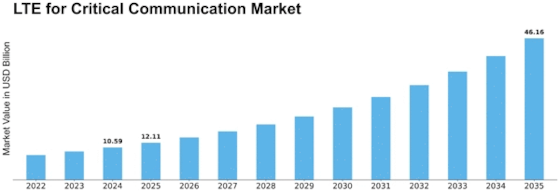


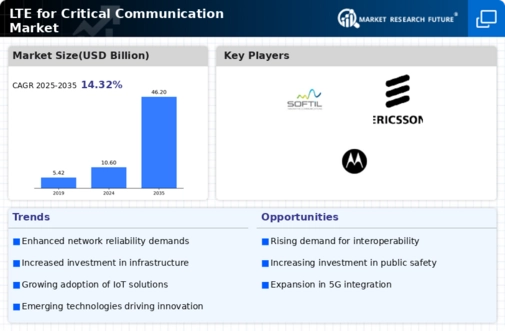
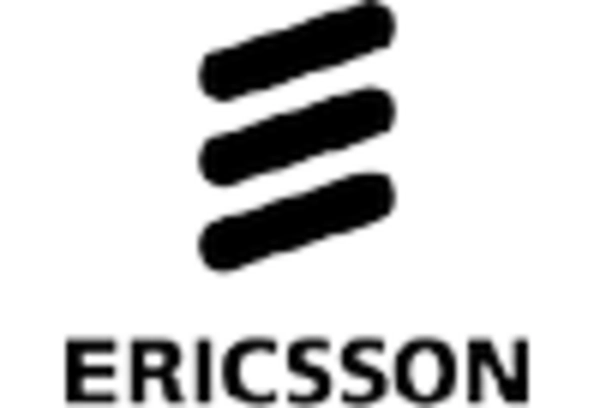
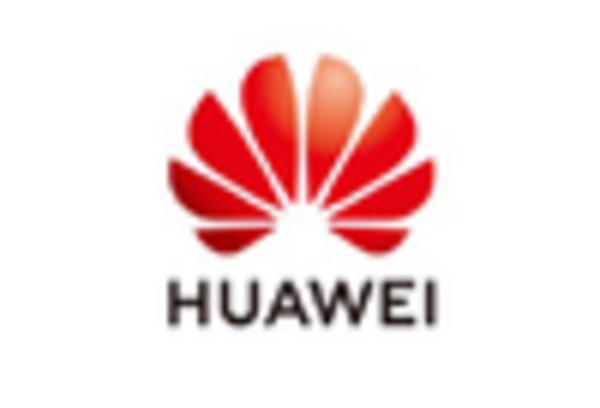
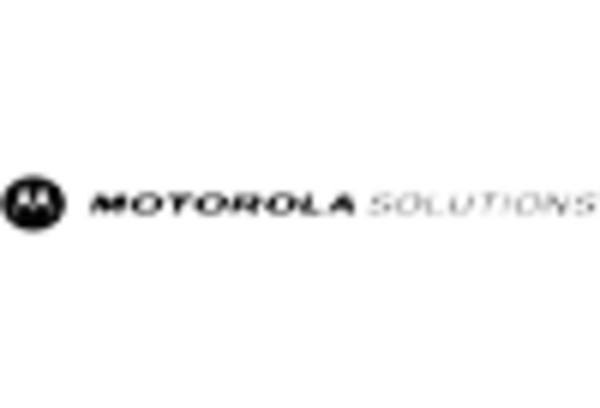


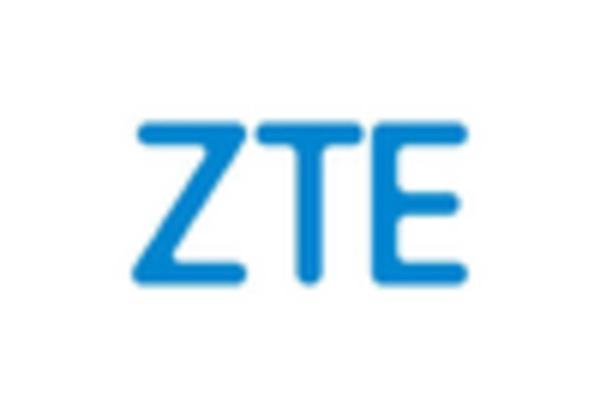









Leave a Comment